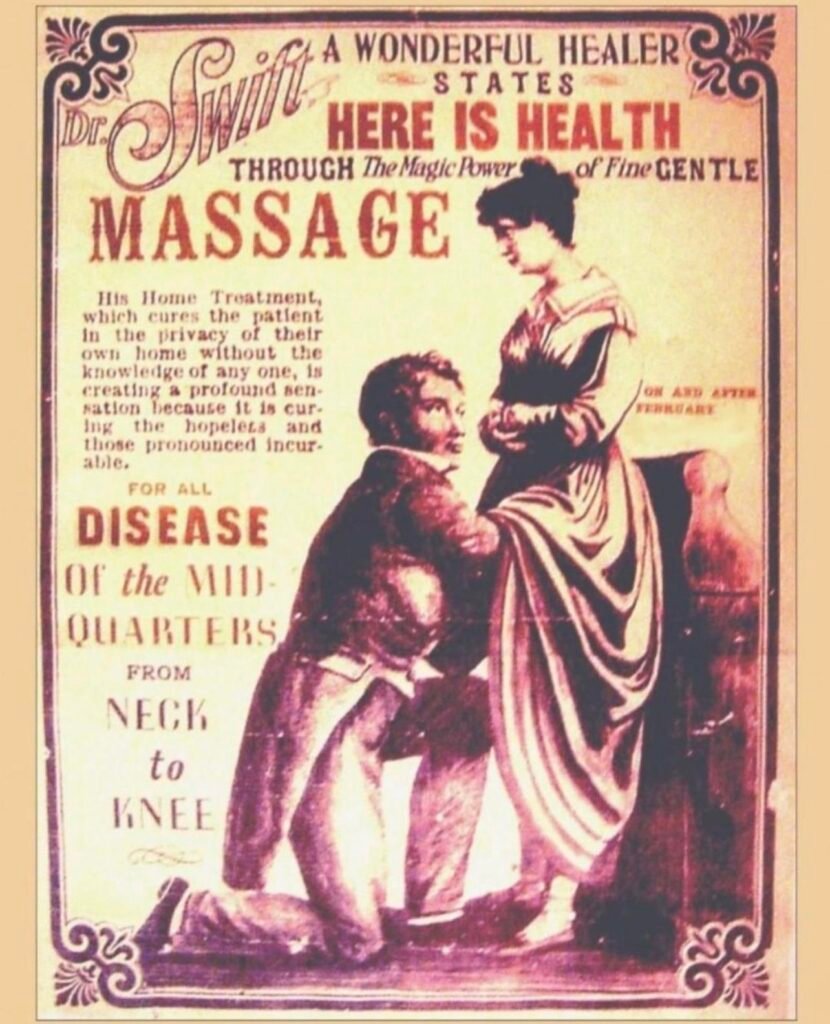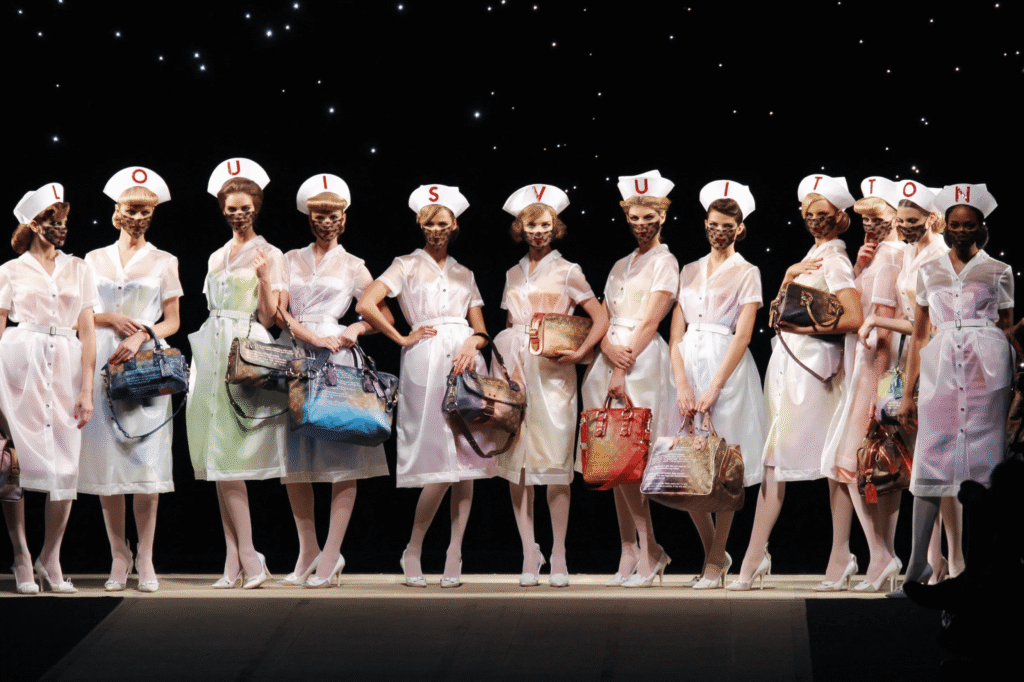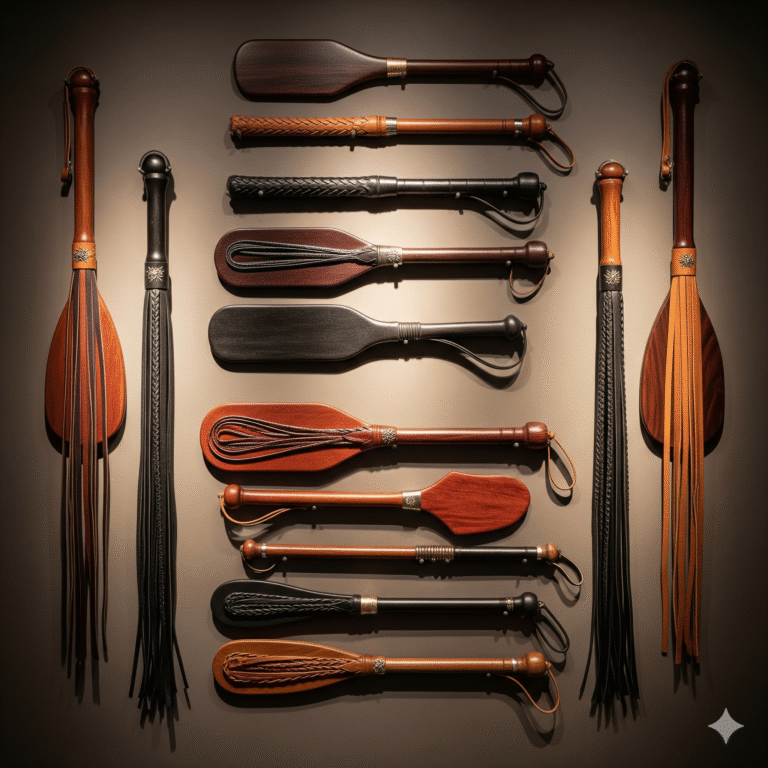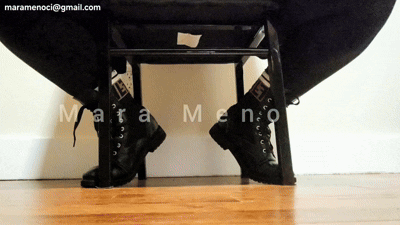
Definition and Terminology
Medical fetishism, sometimes referred to as medfet, is a type of sexual fetish that centers around themes, objects, and scenarios related to medical environments. This can include a wide array of interests such as physical examinations, nurse or doctor role-play, surgical instruments, medical uniforms, gynecological setups, anesthesia play, and even the use of orthopedic equipment like braces or casts.
Some commonly used terms in the medical fetish community include:
- Medfet: A shorthand for medical fetish.
- Doc/nurse play: Role-play scenarios involving medical authority figures.
- Examination fetish: A focus on the act of being examined or examining others.
- Enema fetish: A specific interest in enemas, sometimes associated with dominance, humiliation, or cleanliness themes.
- Needle play: Use of hypodermic needles for visual, tactile, or symbolic stimulation.
- Cast fetish (plaster cast fetishism): Attraction to orthopedic casts and immobilization.
Historical Origins
While the codification of “medical fetish” as a term is relatively modern, the eroticization of medical scenarios has roots in the evolution of both medicine and sexuality. In the Victorian era, certain medical procedures—particularly gynecological examinations and treatments for so-called “female hysteria” (e.g., clitoral stimulation via mechanical devices)—blurred the lines between clinical and erotic experiences, albeit in a socially sanctioned medical context.
Medical settings have long held an ambiguous place in the collective imagination: sterile yet intimate, clinical yet invasive. These dualities have contributed to the sexualization of medical roles and environments.

Psychological Perspectives
The psychology behind medical fetishism varies by individual but often includes elements such as:
- Control and Power Dynamics: Many scenarios involve a power imbalance—doctor/patient, nurse/patient—mirroring dominant/submissive dynamics found in BDSM.
- Vulnerability and Trust: Medical scenarios often require surrendering control, which can be erotic for those who find vulnerability or trust arousing.
- Taboo and Transgression: Medicine is typically a non-sexual field, so introducing eroticism into it can heighten arousal due to its taboo nature.
- Sensory Stimulation: Many medical tools (e.g., latex gloves, stethoscopes, restraints) provide unique tactile or auditory stimuli.
- Medical Trauma or Fascination: Some individuals report that early medical experiences (positive or negative) contributed to later arousal tied to similar scenarios, possibly through mechanisms like conditioning or imprinting.
Overlap with Other Fetishes
Medical fetishism often overlaps with other kinks or fetishes, including:
- BDSM: Dominance, submission, restraint, and consensual non-consent are common overlaps.
- Uniform Fetishism: Medical uniforms, especially nurse or surgeon attire, are sexualized similarly to police or military uniforms.
- Voyeurism and Exhibitionism: Being examined or observing someone being examined plays into these dynamics.
- Age Play: Some medical scenes include dynamics such as “school nurse” or “first check-up,” often involving infantilization.
- Abasiophilia: A specific fetish for people who use mobility aids or have disabilities, sometimes overlapping with cast or brace fetishes.
Modern Representation and Impact

In modern times, medical fetishes have gained visibility through erotic literature, visual media, adult films, and specialized sex toy markets. Companies produce anatomically accurate examination tables, medical-grade restraints, and even functioning speculums or enema kits for erotic use.

Art and photography often explore medical fetishism as a commentary on control, vulnerability, or the aesthetics of sterility. Some fashion designers have even drawn from surgical and hospital motifs in their collections, blurring the line between fetish and high art.
From a sociocultural perspective, the presence of medical fetishes in contemporary discourse also reflects changing attitudes toward sexuality—particularly the growing acceptance of kink as a valid expression of desire.
Legal and Ethical Considerations
Because medical fetish play can involve elements of simulation (and in some extreme cases, the use of actual medical instruments), there are important ethical and safety considerations:
- Consent: As with all fetish or BDSM practices, clear, informed, and enthusiastic consent is essential.
- Medical Knowledge: Participants should avoid performing any procedure they are not qualified for; role-play should never cross into unsafe territory.
- Infection Control: Cleanliness, proper sterilization, and avoiding invasive procedures are non-negotiable for safety.
Final Thoughts
Medical fetishes, while niche, offer a fascinating lens into the intersection of eroticism, power, vulnerability, and societal taboos. Like other kinks, they are diverse in expression and deeply personal. For many, they provide a safe space to explore power dynamics, bodily autonomy, and trust in controlled, consensual environments.
As long as activities are consensual, informed, and risk-aware, medical fetishism can be a meaningful and even therapeutic form of sexual expression.
Do you want to explore this topic in a private virtual session? Contact me or fill out the Slave Application.
Did you enjoy this article? Donate to the cause via Tribute (Send Money).
Feel free to leave your thoughts in the comment section of this post.
Subscribe to My Newsletter!
Get new content updates every week...or when I feel like sending one!




















